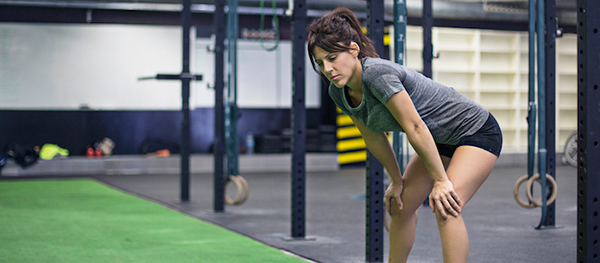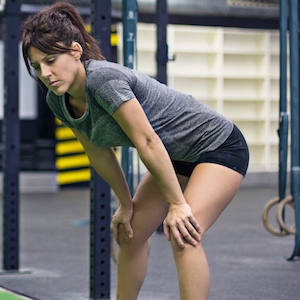
We've all heard the phrase "No pain, no gain." Whether playing sports or working out at the gym, the saying often motivates you to dig a little deeper so you can hit a goal or break through a fitness plateau. And pushing through pain is sometimes an important part of physical training. But sometimes our minds tell us to keep going when our bodies are telling us that we need to stop.
There are occasions when you shouldn’t “push through the pain.” But how do you know the difference?
IDENTIFYING "GOOD" PAIN
Pain is designed to give us clues as to when to stop an activity that can cause us harm. When you’re working out you’re essentially breaking down muscles so they can rebuild. This process can cause some pain which is an indicator that you’re muscles are working hard and you’re building strength. You might feel some discomfort while working out such as burning in the muscles, fatigue or post-workout soreness.
If the pain disappears after your workout or you have some muscle pain after your workout, you’re OK to keep going with your workout plan. In fact you’ll probably reduce muscle soreness after you’ve done another workout.
WHEN PAIN GOES BAD
Workout-stopping pain is anything that is sharp or stabbing. You could also feel a pop somewhere that’s not in a joint, such as the back of your leg, your shoulder area or your hamstring. This could indicate a tear or other damage to a muscle or tendon that needs to be treated by an orthopedic physician.
If you have excessive joint pain or you have had to adjust how you perform a movement (ie: running gait, pitch, swim stroke, etc.), you should stop the activity to assess whether you need to improve your form or if you have another condition causing the pain.
An orthopedic physician who specializes in sports medicine will be able to assess the source of pain and help you with determining a path for recovery. Often the treatment includes stretching, rest, ice, compression and physical therapy that targets the damaged area. The goal of this type of treatment is to keep you out of surgery and as active as possible while you heal. In some cases, surgery may be necessary and your orthopedic physician will explain what needs to be done.
SELF-ASSESSING PAIN
We recommend that you assess your pain after every workout so that you can avoid getting to the point where you’ve torn, ruptured or damaged muscles and joints. Listen to your body and adjust your workout so you can maintain an active lifestyle. Download our free eBook called How to Stay Active When You’ve Overtrained to learn more about how you can monitor your pain levels and avoid injuries.







